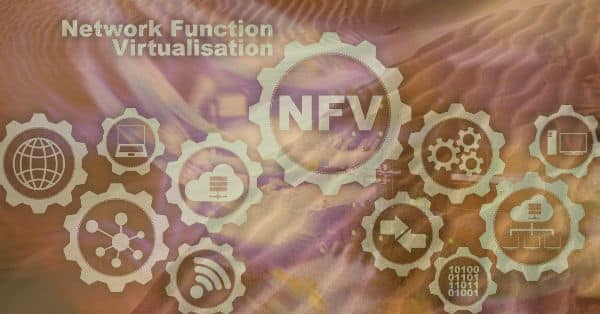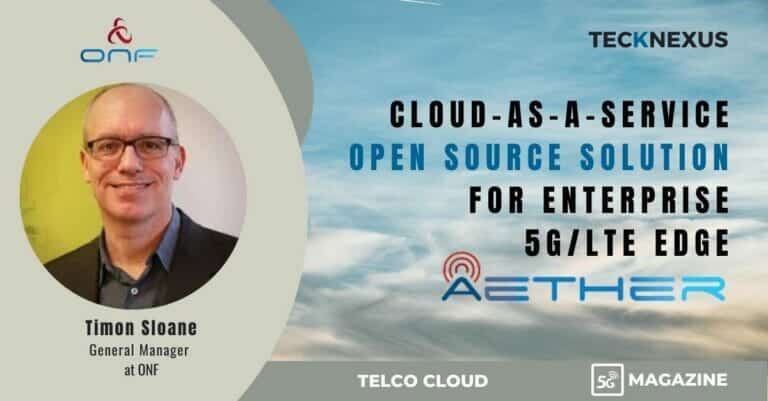Background
5G is not just an incremental improvement on previous mobile network generations — it is a true revolution in how we communicate, work, and play. Ubiquitous super-fast, low-latency bandwidth is transforming all industries and sectors, bringing new use cases and innovation potential.
Telecom operators globally are gearing up to get their networks ready for 5G deployment to stay ahead of the competition. The 5G infrastructure market is growing exponentially with a CAGR of 60% and is estimated to reach a total market size of about $50 billion by 2027.
5G networks are set to handle new mission-critical data-heavy applications, including telemedicine, self-driving cars, and real-time industrial applications. These and many more use cases rely on fast, accurate, and reliable 5G connectivity. Time synchronization is critical for 5G to function. Without precise and accurate time synchronization, the 5G services stop operating.
An incorrectly synchronized base station will interfere with the 5G operations of other operators, creating wider network and security problems. Telecoms operators are at crossroads. They need to deliver accurate and secure 5G synchronization across their networks. However, this means increasing CAPEX to ensure their networks are set for 5G rollout.
According to a report by Kearney (April 2020), the synchronization cost is estimated between 3-5% of the total 5G network rollout cost, i.e., $1.5-2.5 billion in 2027 and can in many cases require a large forklift upgrade of old infrastructure to enable PTP network synchronization. These rising costs are prohibitive for several operators around the world.
As the 5G rollout is well underway, operators need to leverage technology solutions that can help them achieve network synchronization quickly, securely, and cost-effectively.
The 5G infrastructure market is growing exponentially with a CAGR of 60% and is estimated to reach a total market size of about $50 billion by 2027.
The 5G synchronization requirements
Network synchronization is a critical function for mobile networks that ensures new applications and services work efficiently. Although 4G/LTE networks already posed significant synchronization requirements, 5G means new and more stringent synchronization expectations for mobile networks. 5G brings an increased focus on TDD (Time Division Duplex) technology, which requires a much tighter synchronization compared to technologies like FDD (Frequency Division Duplex) as in most 4G/LTE networks.
New features and advanced network techniques such Massive MIMO, Carrier Aggregation (CA), License Assisted Access (LAA), and Coordinated Multi-Point (CoMP) transmission both in terms of neighboring base stations and devices across the network.
The challenges of GPS-based synchronization solutions
The two most common methods to deliver synchronization to base stations and small cells in mobile networks are Global Navigation Satellite System (GNSS) such as the Global Positioning System (GPS) and Precision Time Protocol (PTP). GNSS solutions deploy GPS receivers together with the base station antennas. They provide highly accurate network synchronization but suffer from limitations. The densification of mobile networks with many small cells increases the costs of GNSS-based solutions.
These solutions are also vulnerable as they are susceptible to security vulnerabilities, either by blocking them out completely (“jamming”) or by replacing the GNSS signal with a similar but incorrect signal (“spoofing”).
National authorities in countries like Sweden are explicit that a GNSS-independent solution to transport synchronization is a mandatory requirement for operating a 5G network as 5G is considered mission-critical infrastructure. The efficiency of GNSS-dependent solutions is also compromised by geography and landscape.
As 5G mobile networks bring increased demands on cell density, indoor cell coverage, and deployment in challenging geographical areas, such as tunnels, buildings, and factories where satellite visibility is compromised pose significant problems. Similarly, deployment in areas with limited satellite visibility, including urban areas where buildings obstruct the view and rural areas with deep forests and canyons, demonstrates the limitations of GPS-dependent solutions.
PTP solutions are too costly
Precision Time Protocol (PTP)
An alternative 5G synchronization method is network-based timing based on packet switching technology, mainly Precision Time Protocol (PTPor IEEE1588v2), supported by Synchronous Ethernet (SyncE). While PTP solutions do not suffer the same weaknesses as GNSS-based timing in terms of safety, robustness, and ease of deployments, there are still considerable challenges when introducing support for PTP and/or SyncE in mobile networks.
PTP requires new investments in new or upgraded hardware
In particular, the transition to network-based timing requires considerable investments in new or upgraded hardware equipment and software since PTP require every node to provide on-path PTP support (in HW) to ensure accuracy. High-precision synchronization may require existing networks to be reorganized to provide proper conditions for the communication of timing information.
Alternatively, new, parallel infrastructures may need to be established exclusively to carry this information. These investments require operators to do the heavy lifting to transition their full networks to network-based timing.
White Rabbit with PTP & SyncE
Further synchronization technologies that could be considered for 5G mobile networks include White Rabbit, which combines PTP and SyncE and introduces additional mechanisms to improve synchronization accuracy. White Rabbit is designed to meet the stringent requirements for particle accelerators and is typically used in dedicated fiber or LAN environments.
Over-the-Air Time synchronization
Another approach is Over-the-Air Time synchronization (OTA), which is designed for ultra-reliable and low-latency communications (URLLC). OTA is a radio interface-based synchronization solution that has been used for synchronizing base stations in 4G/LTE and is an alternative that is put forward for 5G mobile networks in the RAN (Radio access Network).
Powering innovation in 5G Synchronization
While time synchronization is a mission-critical capability for 5G, it is also increasingly important for other market segments, including power networks, synchronization of distributed databases, stock exchange trading, distributed video production, and defense networks. This means that other real-time critical network installations, such as digital terrestrial television (DTT) networks face similar synchronization challenges with stringent frequency, phase synchronization, and accuracy of ~1 µs requirements.
Reduced CAPEX and OPEX
Net Insight’s Precision TimeNet (PTN) solution has been developed and deployed to address these challenges in DTT networks in 15 countries and was recently chosen by Turk Telekom for its 5G rollout. Precision TimeNet provides the distribution of absolute time with very high accuracy over the existing IP network. PTN does not require all nodes to be upgraded for on-path PTP support, which means operators benefits from significantly reduced CAPEX and OPEX, and rollout times.
PTN delivers the cost, deployment, and performance efficiencies by creating a virtual synchronization network. This network runs over the existing IP network that distributes time from clock sources such as atomic clocks out to base stations or the radio access network while managing all redundancy, security, and asymmetries in the IP network.
Over-the-Air Time synchronization
The Precision TimeNet solution has been augmented with software for running over public managed IP networks with possible delay asymmetries. It is open and interoperable, enabling operators to integrate it within their existing network infrastructure without any interoperability problems.
PTN complements GPS-based solutions, addressing their security challenges cost-efficiently. The solution enables geographically disadvantaged regions such as rural areas to access good bandwidth. This is crucial as part of national and global strategies to overcome digital divides and level the playing field for all markets.
This result becomes possible by removing the cost of replacing the entire underlying network infrastructure to enable 5G deployment. PTN is also an environmentally sustainable solution as it reuses existing communication equipment, minimizing the telecom network footprint.
5G: From vision to reality
5G delivers unparalleled connectivity that is shaking up the future of telecom and mobile communications, powering new use cases and business models across industries. So far, the speed of the 5G rollout has been compromised by the costs and complexity associated with network synchronization, deepening digital divides across markets and geographies.
Precision TimeNet is an innovative solution that leverages existing telecom networks without requiring further CAPEX. In doing so, it delivers the accuracy, security, and low latency operators need to accelerate 5G deployment. Precision TimeNet is a fully open, standards-based solution that enhances interoperability, enabling telecoms organizations to integrate it within their current infrastructure and reap its benefits. Precision TimeNet paves the way for the future of mobile and telecommunications, enabling operators across the world to turn their 5G vision into a reality for everyone.


















































